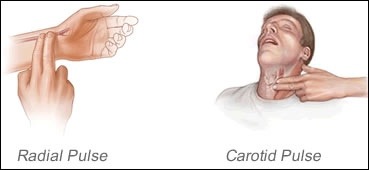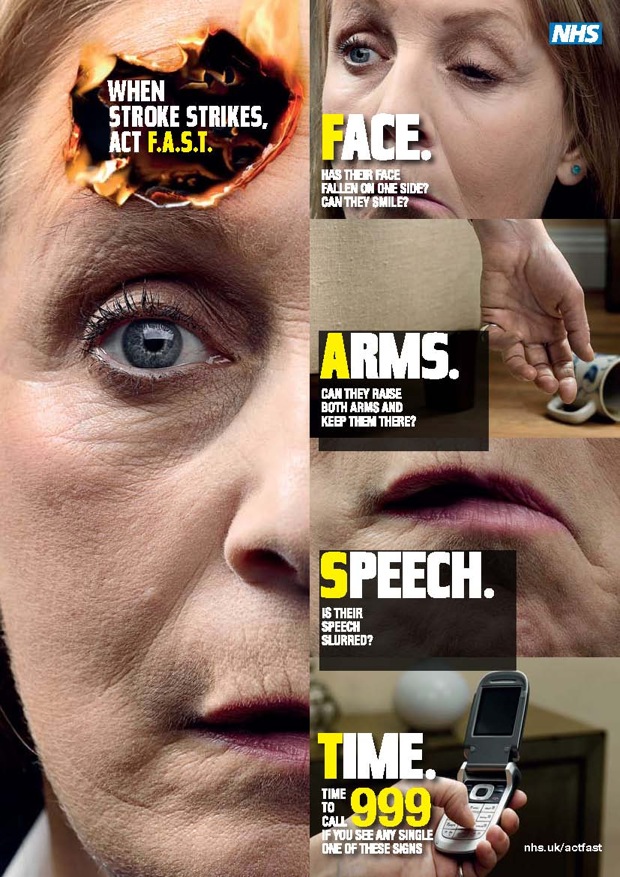Infographic – How to Save a Choking Child
Choking can be one of the most terrifying situations you can find yourself in – even more so for children. It is therefore very important to know what to do if you happen to come across a young one who is in trouble.
It is easy to assume that toddlers are the highest at risk of choking. However in the UK, 10-14 year olds represent 65% of choking deaths within the age range of 0-15 years.
As the infographic below explains, there are several telltale signs that a child is choking, such as the following:
– Sudden reactions including jerking of the body, grabbing of the throat area or falling onto all fours
– The child has no previous history of illness associated with the above mentioned symptoms
– There may be small toys, sweets or other foods scattered around the child at the time of choking
Additionally, the infographic details the actions which need to be taken in the event of a choking emergency, which you can see below.
To view the infographic in its original location, please visit Aid Training (http://www.aid-training.co.uk/news/how-to-save-a-choking-child-infographic)







I am a mom and have 1 year old baby who constantly pick things on the floor and put it in her mouth. I was worried about the bacteria she could get but never really thought about choking until your title caught my attention. It made me very alert now lol. Infographics are of so much help thanks 🙂
This is an incredibly informative post. I would not have guessed that there was such a high percentage of 10-14-year-olds who die from choking, out of choking deaths overall among children. It makes sense when you think about it, though, because we tend to keep a closer eye on the very little ones, as opposed to the older kids, and choking can occur so quickly.
The infographic really is a helpful way to present the info. Thanks for the useful post!
Providing a concise overview and the infographic is definitely useful for parents to heavily take into consideration. There’s nothing worse than seeing a child not being able to receive proper help should the event of choking ever arise.
And it’s good that the infographic informed how one should still be careful and not pass off the “okay” signs of breathing for any potential ineffective breathing that may come along. This and other aspects such as making sure small objects are clearly away from the child is what can reduce the probability of having to deal with those circumstances.
Thanks for providing these tips and overview of signs to be aware of, this will definitely be a resource for all parents to utilize as a contingency measure.
This was amazingly helpful. I am glad you posted this.
I remember learning this when I first got certified in CPR years ago in high school. They’ve changed the process so much since then and it has barely been ten years.
Your info is up to date and that’s comforting for me. Knowing that I know what to do is very reassuring.
Thank you for the great info! Choking is always my biggest fear with my toddler, but I never even thought about it with my older kids. I had no idea 65% of choking deaths were of children in that age range! I would have thought it was smaller children.
Choking is one of the most common things within children from the age of 10-14 Years Old.